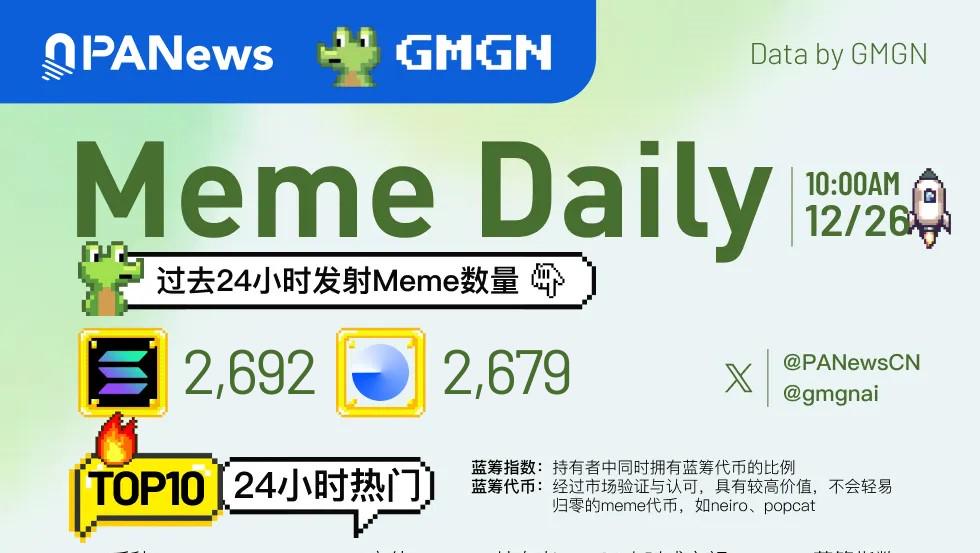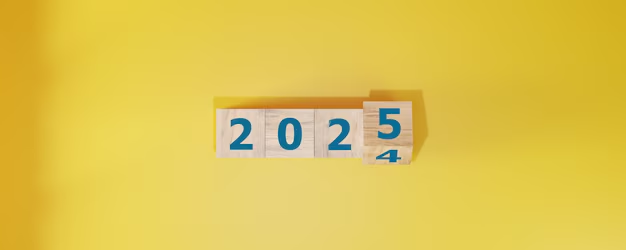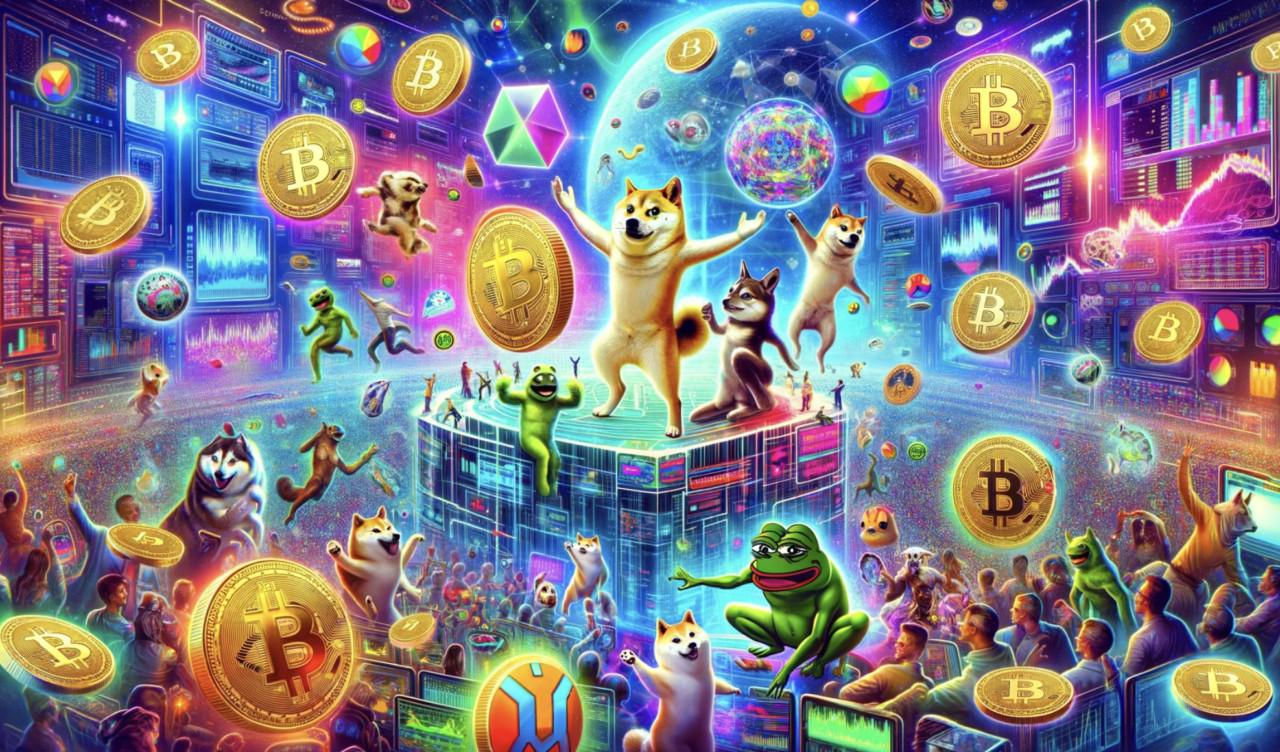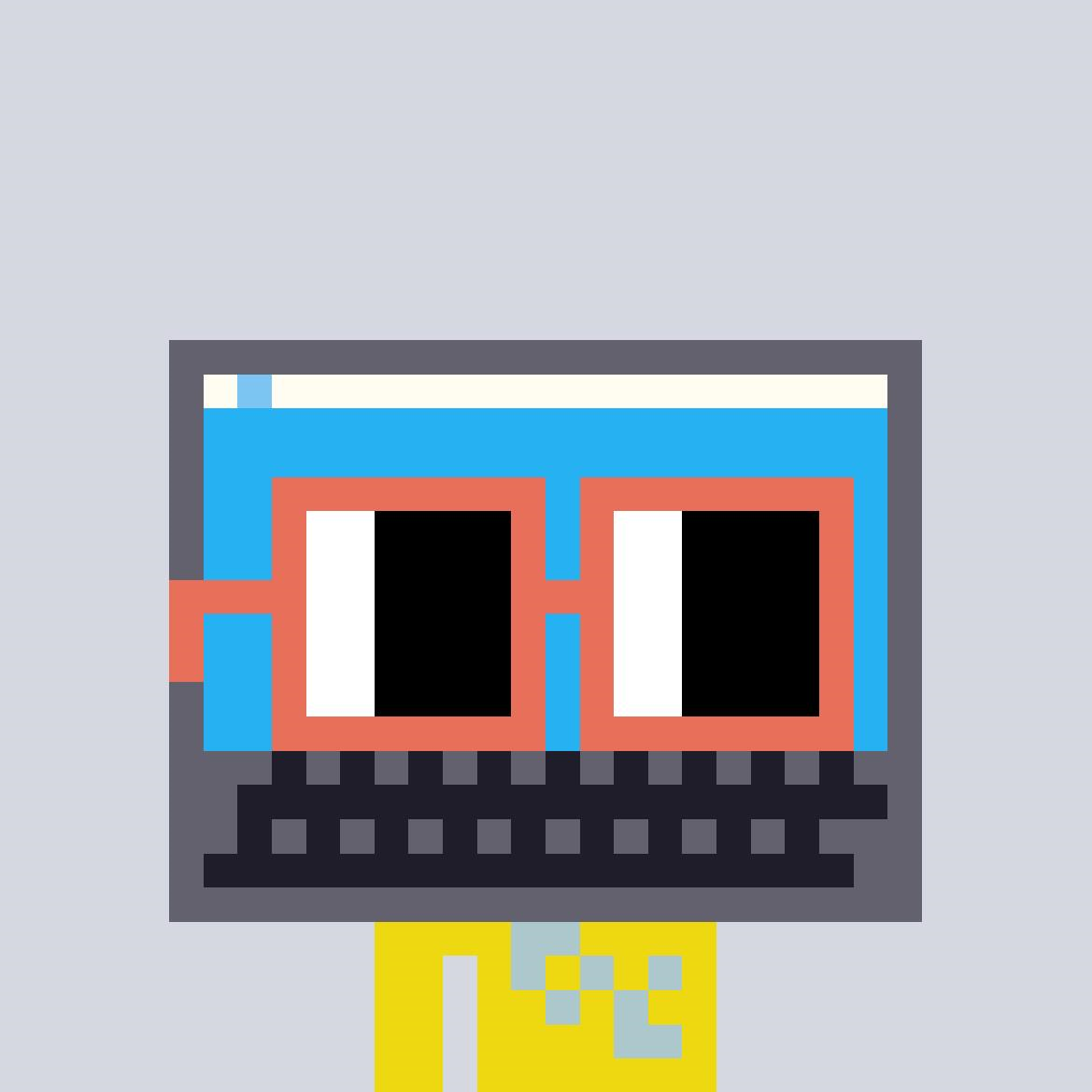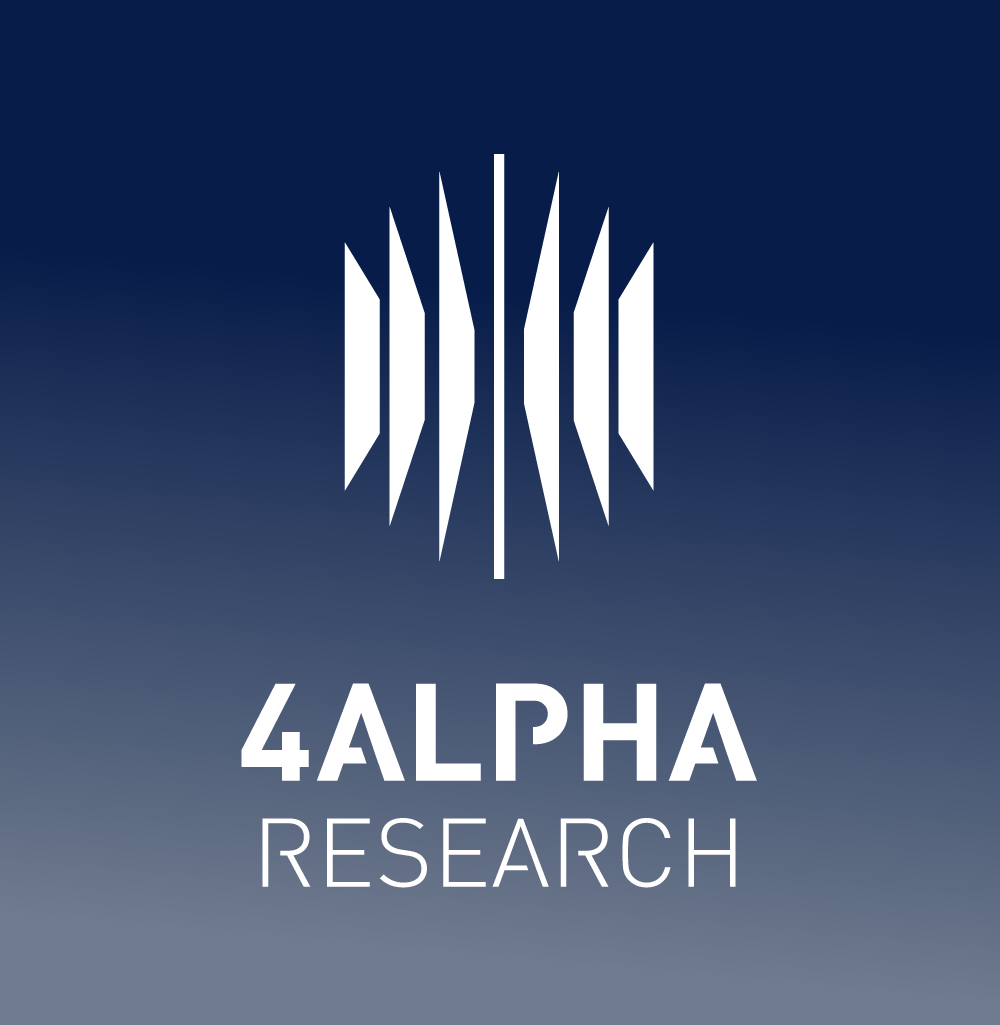-
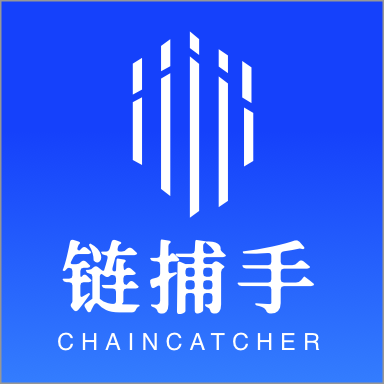 链捕手 ChainCatcher · 1 小时前
2024年加密风投AI布局全解析:a16z、币安、Coinbase等头部VC都投了哪些项目?
链捕手 ChainCatcher · 1 小时前
2024年加密风投AI布局全解析:a16z、币安、Coinbase等头部VC都投了哪些项目?“Crypto+AI”成加密风投新宠,a16z、Polychain、Delphi、Coinbase等巨头行动全览。
-
 NingNing · 2 小时前
Messari 2025年展望精炼:如何从这份190页的报告中寻找加密Alpha?
NingNing · 2 小时前
Messari 2025年展望精炼:如何从这份190页的报告中寻找加密Alpha?Messari 这份 190 页的报告,由加密现状 ( 宏观环境、机构现状、用户在哪儿 )+ 赛道分析 (Bitcoin、Ethereum、Solana、 Alt L1s +infra、 DeFi、AlxCrypto、DePin、Consumer、CeFi)+ 分析师选择奖三部分组成。
-
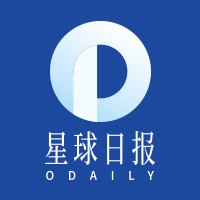 Odaily星球日报 · 3 小时前
高开低走,我对2024年的比特币生态感到「遗憾」
Odaily星球日报 · 3 小时前
高开低走,我对2024年的比特币生态感到「遗憾」2025年,会好起来吗?
-
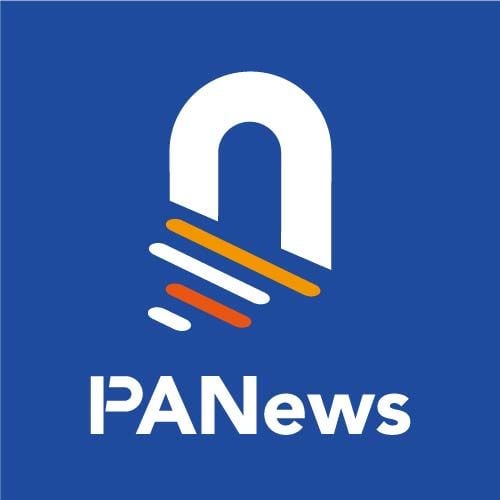 PA一线 · 3 小时前
Binance Alpha新增5个项目:EVAN、BITCOIN、VISTA、AVAAI和AITECH
PA一线 · 3 小时前
Binance Alpha新增5个项目:EVAN、BITCOIN、VISTA、AVAAI和AITECHPANews 12月26日消息,Binance Alpha页面显示,已新增新一批5个项目名单,分别是EVAN、BITCOIN、VISTA、AVAAI和AITECH。简介如下。截止目前,Binance Alpha项目已达43个。
 OKX · 3 小时前
OKX Ventures年度报告:60+项目布局与14大趋势前瞻
OKX · 3 小时前
OKX Ventures年度报告:60+项目布局与14大趋势前瞻“区块链行业的成功,不在于单一技术或单一平台的成功,而在于构建一个包容性强、创新性丰富且能够自我进化的行业生态。”
-
 PA日报 · 4 小时前
PA日报 | Pantera Capital CEO预测2025年8月为本轮周期顶峰;Vitalik向Moo Deng所在动物园捐赠1000万泰铢
PA日报 · 4 小时前
PA日报 | Pantera Capital CEO预测2025年8月为本轮周期顶峰;Vitalik向Moo Deng所在动物园捐赠1000万泰铢Animoca Brands:没有发布任何官方代币或NFT;BonkDAO计划销毁1.69万亿枚BONK;比特币富豪榜第30名地址转出11999枚BTC。
-
 MetaCat · 4 小时前
解读Daydreams Protocol:释放AI Agent在全链游戏中的无限潜力
MetaCat · 4 小时前
解读Daydreams Protocol:释放AI Agent在全链游戏中的无限潜力在接下来一个月内,任何人都可以通过 Daydreams 部署 AI Agent,来游玩 Starknet 上任何基于 Dojo 的全链游戏。
-
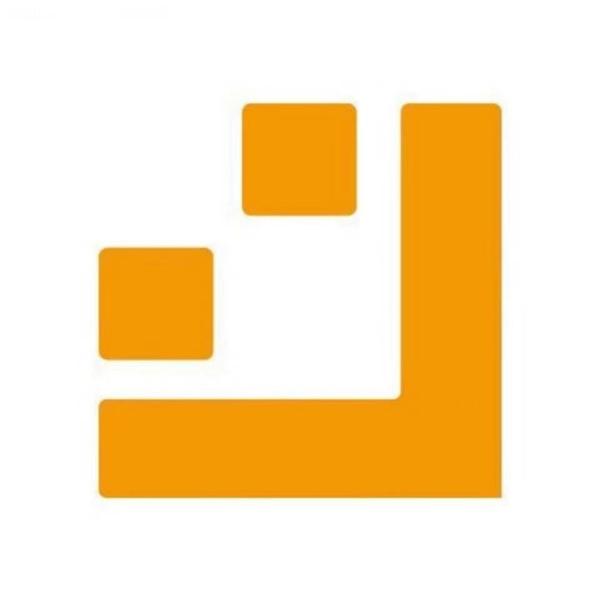 金色财经 · 4 小时前
一文速览Solana AI黑客松12个优质参赛项目
金色财经 · 4 小时前
一文速览Solana AI黑客松12个优质参赛项目Solana AI黑客松凸显出链上交易和DeFi如何成为AI代理的关键垂直领域。这些用例可能会推动2025年第一季度和第二季度的创新。
-
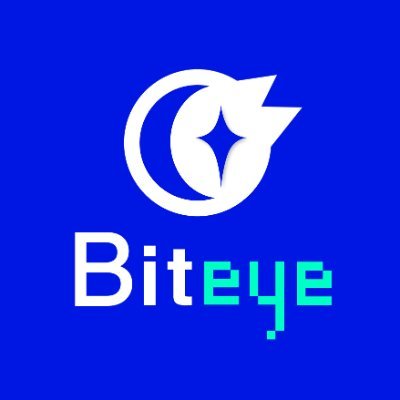 Biteye · 5 小时前
一文读懂总融资1.4亿美元的IP公链Story Protocol及参与教程
Biteye · 5 小时前
一文读懂总融资1.4亿美元的IP公链Story Protocol及参与教程由 a16z 领投、总融资 1.4 亿美元,作为专为知识产权(IP)设计的 Layer1,StoryProtocol 如何提供一种颠覆性的解决方案?
-
 Yuliya · 5 小时前
Daos.World:MEME圈再掀起DAO基金热潮
Yuliya · 5 小时前
Daos.World:MEME圈再掀起DAO基金热潮本文将从平台架构、运作机制、参与方式等多个维度,解析这一新兴平台的特点、潜力与风险点。
- 加密流通市值(7d)$3,602,293,192,653Market Cap恐惧贪婪指数(近30天)
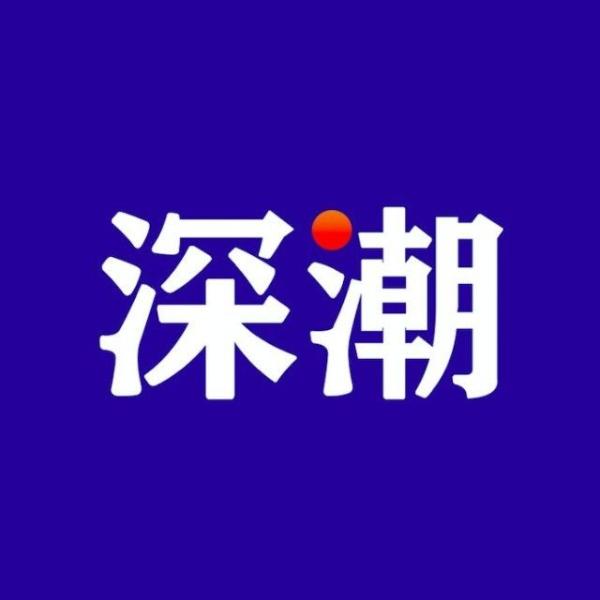 深潮TechFlow · 6 小时前
除了AIXBT外,还有哪些投研分析型AI代理值得关注?
深潮TechFlow · 6 小时前
除了AIXBT外,还有哪些投研分析型AI代理值得关注?把握趋势,才是加密市场的主旋律。
-
 Felix · 6 小时前
详解新兴Agent的变化趋势: AI伴侣和机器人或潜力巨大
Felix · 6 小时前
详解新兴Agent的变化趋势: AI伴侣和机器人或潜力巨大市场一直在寻找独特、小众的 AI 代理领域。AI 伴侣和机器人潜在市场巨大,并有望在 2025 年初获得显著的吸引力。
-
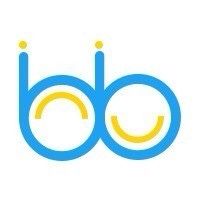 哔哔News · 7 小时前
Story借AI Agent走红,一文盘点生态中的22个原生项目
哔哔News · 7 小时前
Story借AI Agent走红,一文盘点生态中的22个原生项目在Story生态的原生项目中,“创作者经济”也依旧是主要叙事。
-
 Yuliya · 7 小时前
深度对话Pantera创始人:从65美元买入BTC至今,加密革命才完成15%
Yuliya · 7 小时前
深度对话Pantera创始人:从65美元买入BTC至今,加密革命才完成15%“我们会经历一个大牛市,然后是熊市,2025年8月应该是这轮周期的峰值。”
-
 PA一线 · 7 小时前
PENGU市值突破26亿美元,成为Solana链上市值排名第一的Meme币
PA一线 · 7 小时前
PENGU市值突破26亿美元,成为Solana链上市值排名第一的Meme币PENGU市值突破26亿美元(目前约26.25亿美元),超越BONK(24.43亿美元),成为Solana区块链上排名第一的Meme币。
-
 PA一线 · 8 小时前
BonkDAO计划销毁1.69万亿枚BONK,价值约5452万美元
PA一线 · 8 小时前
BonkDAO计划销毁1.69万亿枚BONK,价值约5452万美元BonkDAO计划销毁1.69万亿枚BONK,价值约5452万美元,这是社区节日活动“BURNmas”的一部分,旨在增加BONK的稀缺性。即将到来的销毁占BONK总供应量(约92.7万亿枚)的近1.8%。官方表示,后续将通过BonkDAO多签投票来销毁这些代币。
-
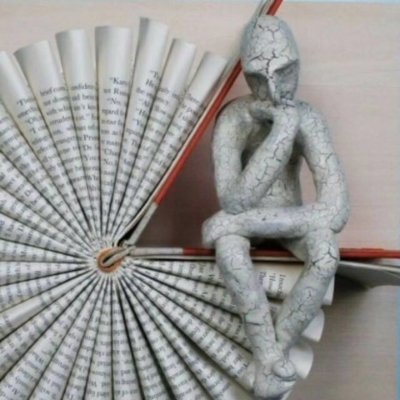 链上观 · 8 小时前
Phala Network爆火的背后:TEE技术储备充分、被ai16z采用、AI Agent风口正当时
链上观 · 8 小时前
Phala Network爆火的背后:TEE技术储备充分、被ai16z采用、AI Agent风口正当时AIPOOL之后,Phala Network为何就爆火?
-
 陈默 cmDeFi · 9 小时前
近期一周DeFi赛道重要进展:Ethena掀起稳定币季,INK加入OP超级链
陈默 cmDeFi · 9 小时前
近期一周DeFi赛道重要进展:Ethena掀起稳定币季,INK加入OP超级链最近1周稳定币Season、Superchain叙事,奉上对DeFi世界的思考。
-
 PA一线 · 9 小时前
Pantera Capital CEO预测比特币牛市周期将在2025年8月达到顶峰
PA一线 · 9 小时前
Pantera Capital CEO预测比特币牛市周期将在2025年8月达到顶峰Pantera Capital首席执行官Dan Morehead预测,加密货币市场的下一个牛市周期将在2025年达到高峰。在Bankless播客中,他详细阐述了这一预测的依据:比特币遵循四年一次的减半周期,矿工奖励减半导致供应量减少,历史上这些事件前后比特币价格都会大幅上涨。上一次减半发生在2024年4月,而莫黑德根据历史趋势预测,比特币将在2025年8月达到周期峰值。
更多内容 Dec . 26
Dec.26

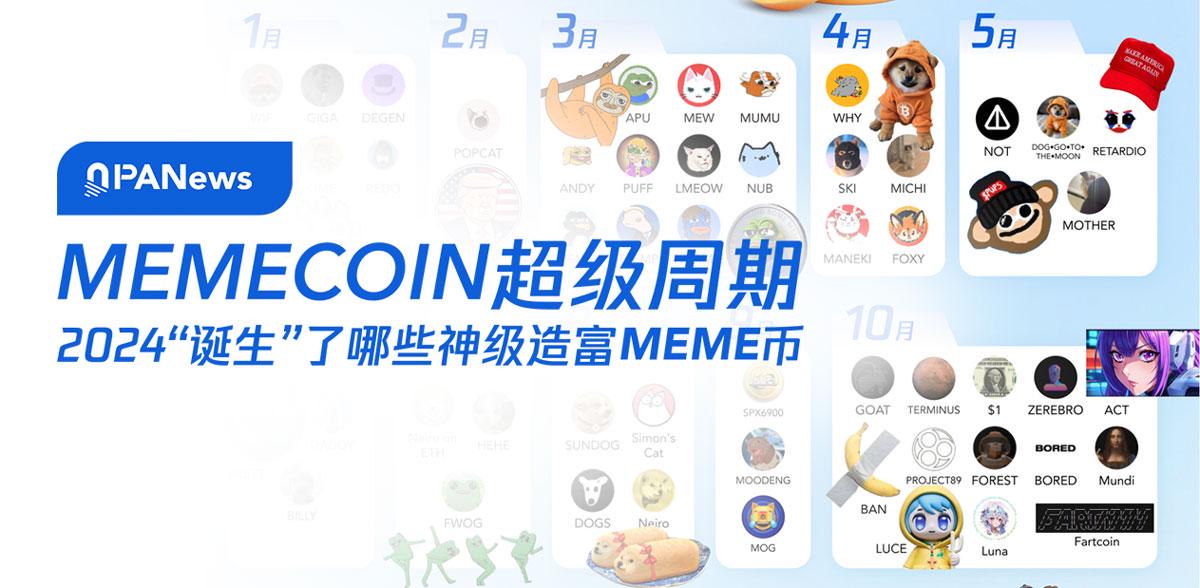

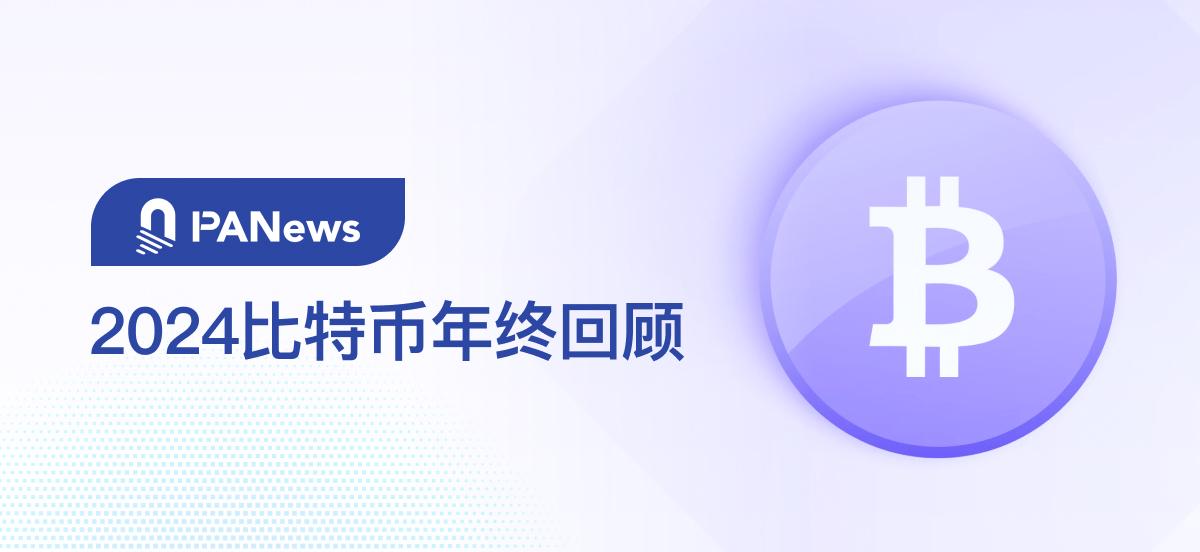


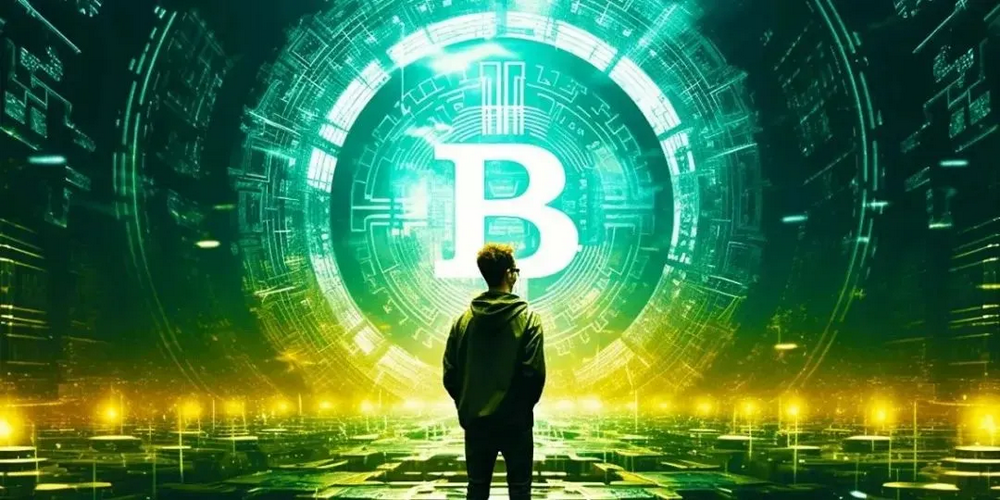








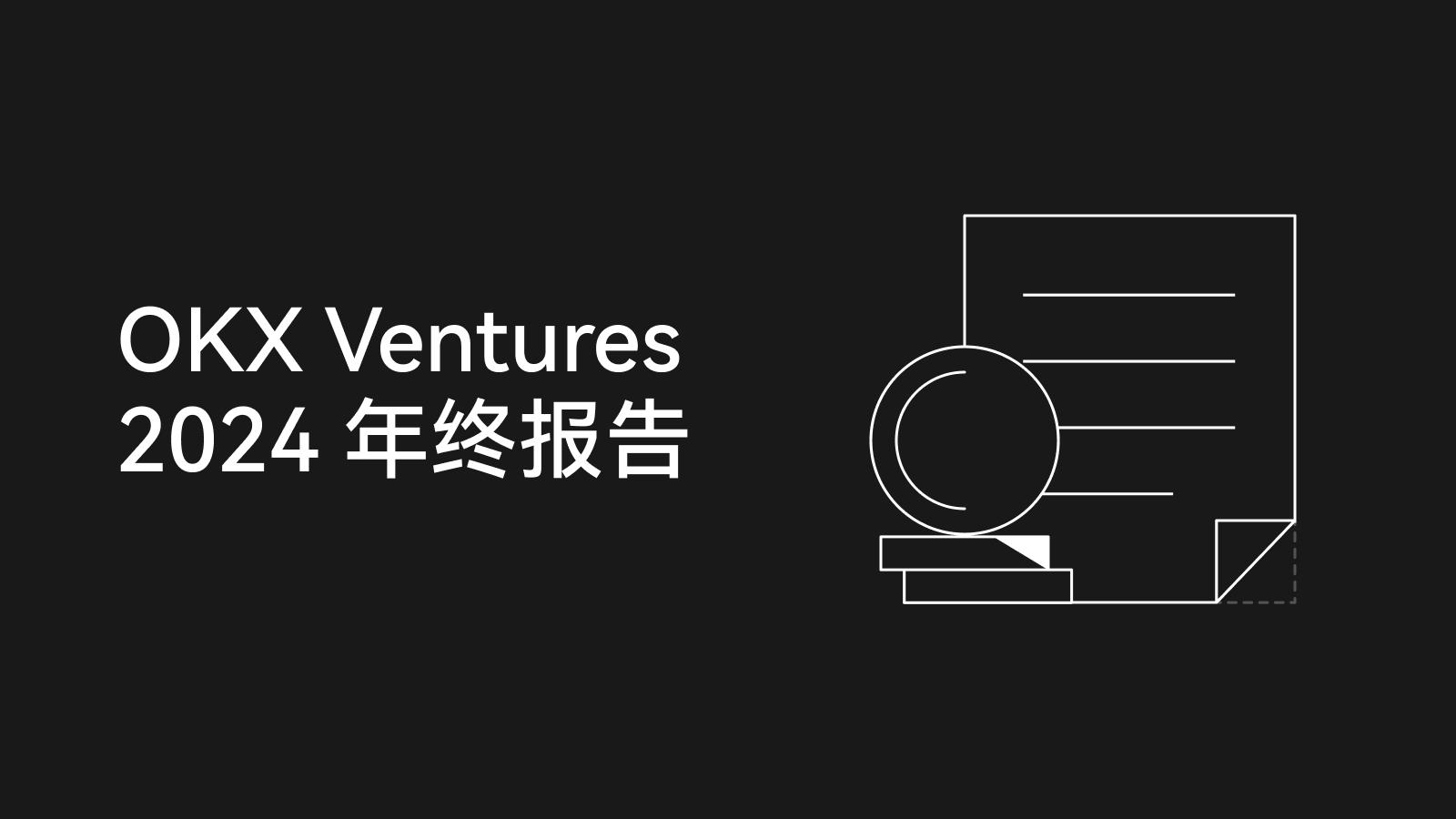
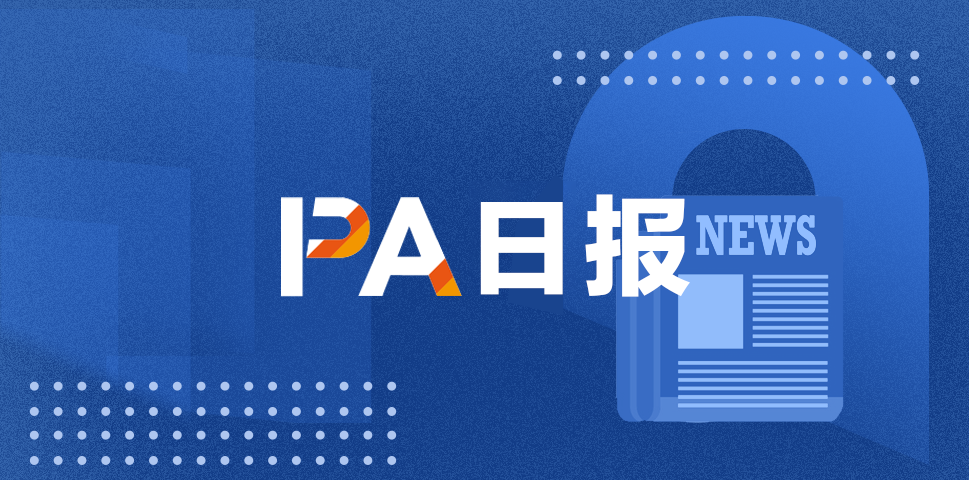

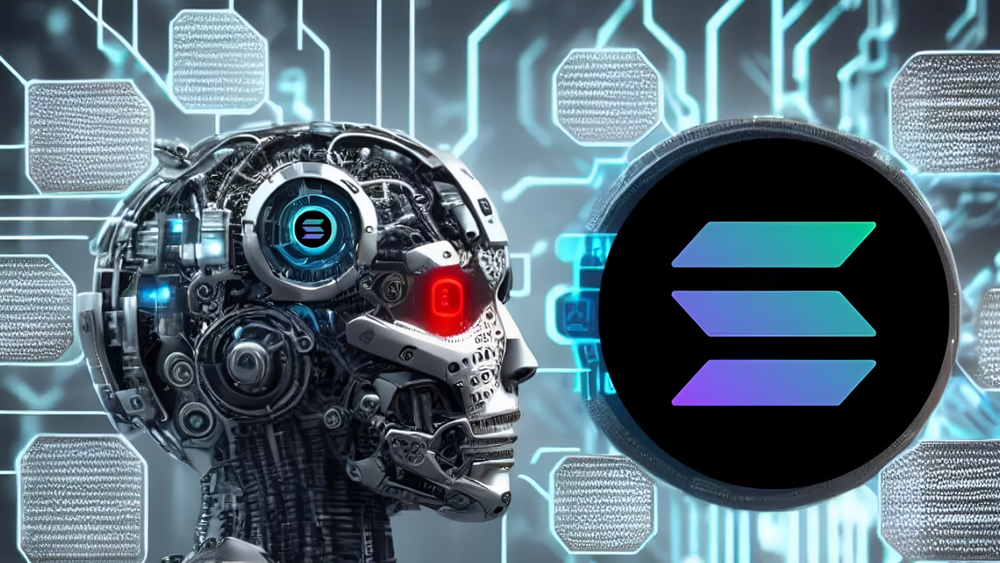






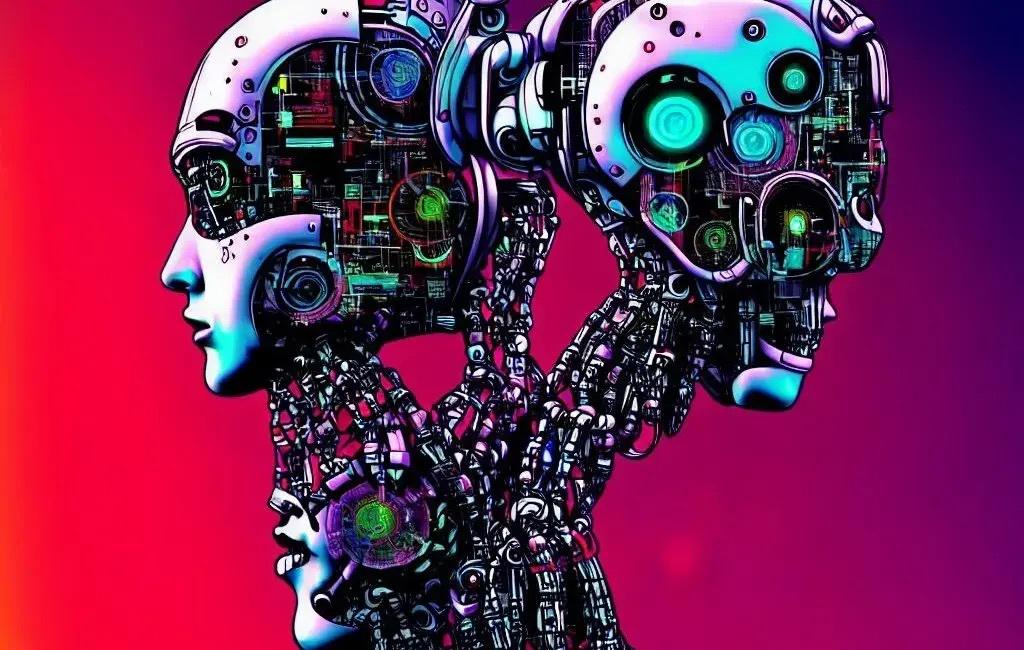
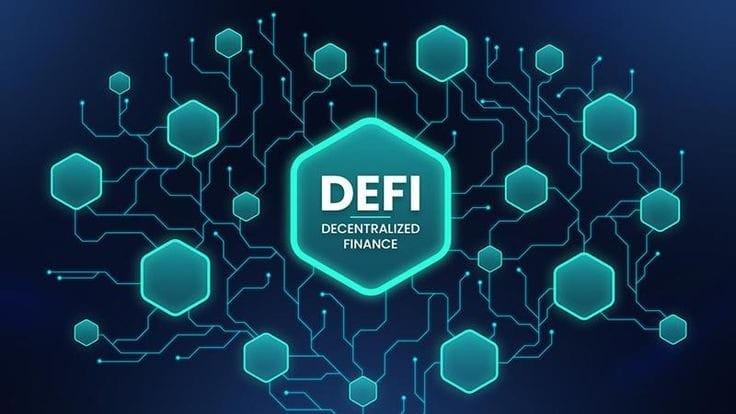
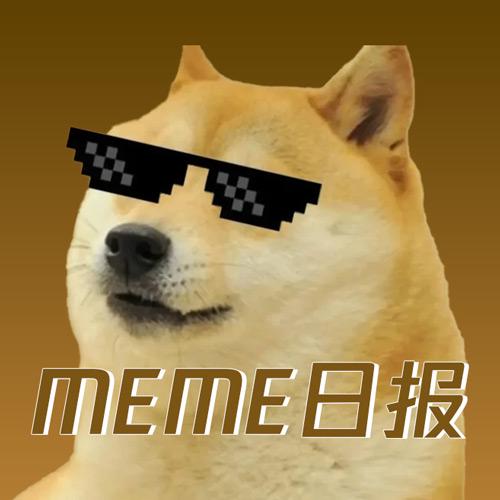 Meme日报 · 10 小时前
Meme日报 · 10 小时前
